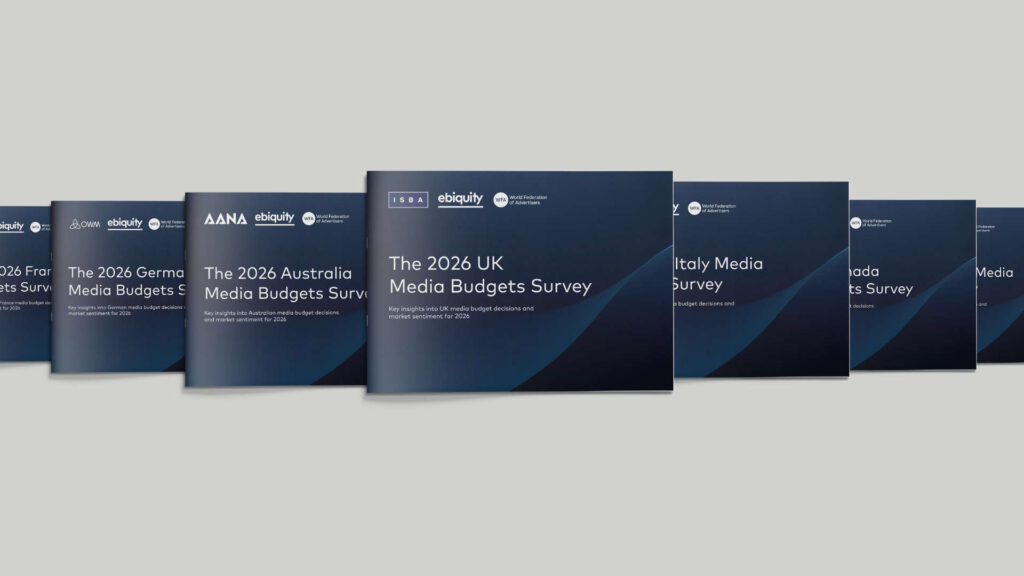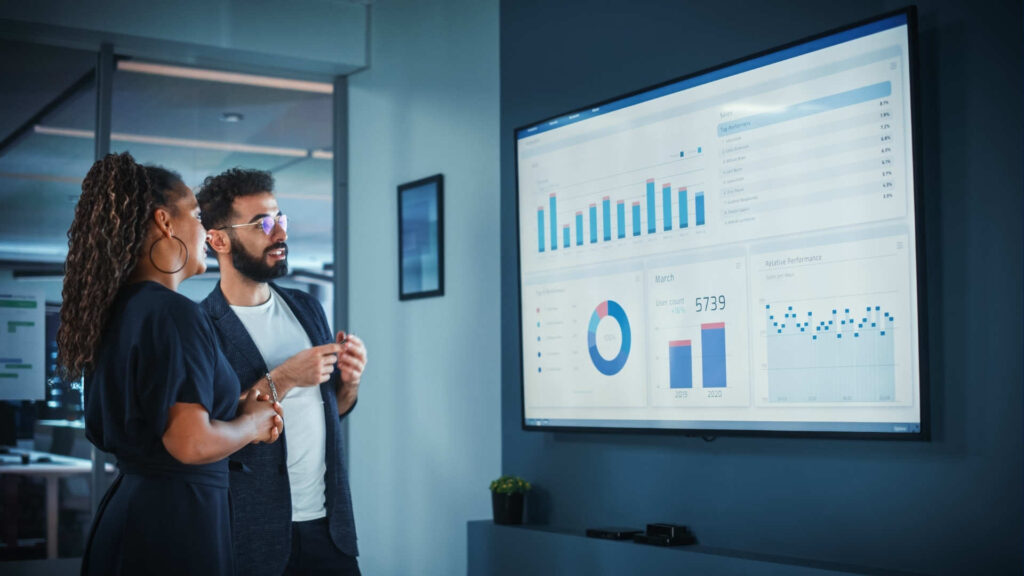After months of sheltering at home – and retail sales in the toilet – Americans are ready to shop.
Retail sales in the United States were up nearly 18% in May after record lows in March and April, according to the US Census Bureau’s most recent monthly retail trade report, released on Tuesday.
And hey, it’s encouraging news for the economic recovery. But quarter-over-quarter gains don’t tell the whole story.
Based on GroupM’s analysis of the US census data, overall May retail sales were down 7.7% on a year-over-year basis. The food service category was down 39% YoY. Apparel fell by 63% from May of last year.
The fact is, a lot of people don’t feel safe flying commercially, let alone staying in a hotel, regardless of intensified cleaning procedures, said Janét Aizenstros, CEO and chairwoman of consultancy Ahava Digital. There are too many unknowns, and a lot of people aren’t going to take the risk.
From a marketing standpoint, risk tolerance depends on the audience. Region, income level and political alignment are all variables.
“Some people are going to get excited about cheap deals, while others that aren’t driven as much by price, like business travelers, will need very different messaging,” Smolin said. “The one thing you can bet on is that it won’t be a one-size-fits-all media strategy.”
And that’s why brands need “a high degree of flexibility” when thinking about communicating with consumers, said Jed Meyer, managing director for North America at Ebiquity.
“Given the rapidly changing state of health, economics and the civic dialogue on racism,” Meyer said, “marketers should shift to a ‘test and learn’ mindset in evaluating their go-to-market techniques, so they can adapt their communications strategy as warranted.”
To read the full article in full on AdExchanger, click here.
First featured 18/06/2020.









